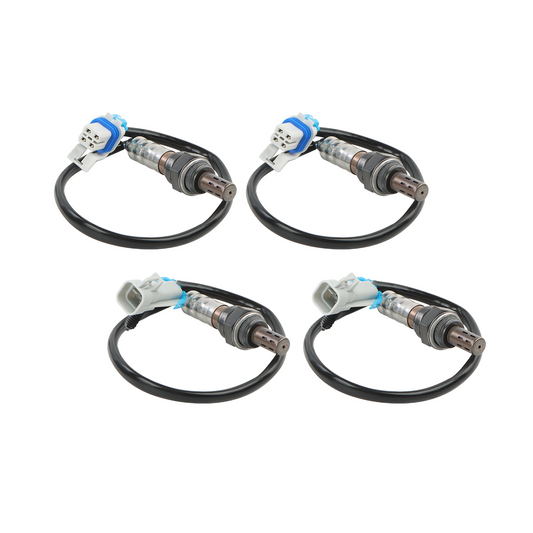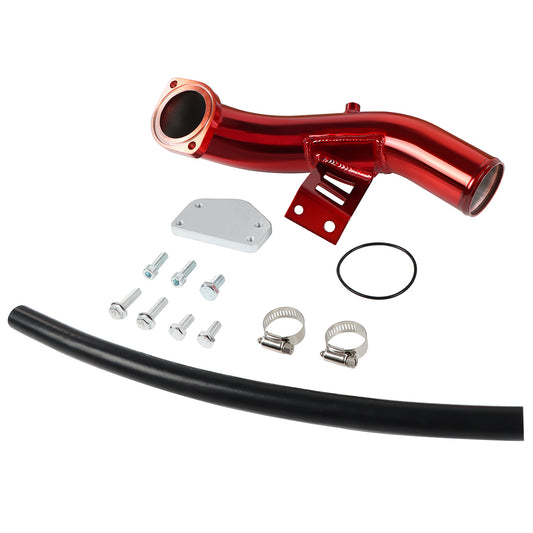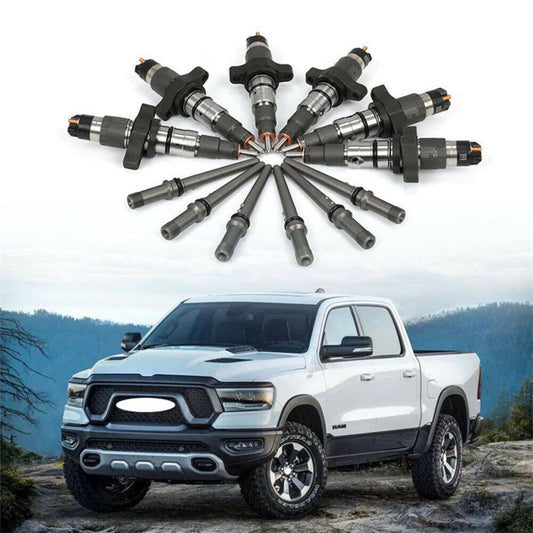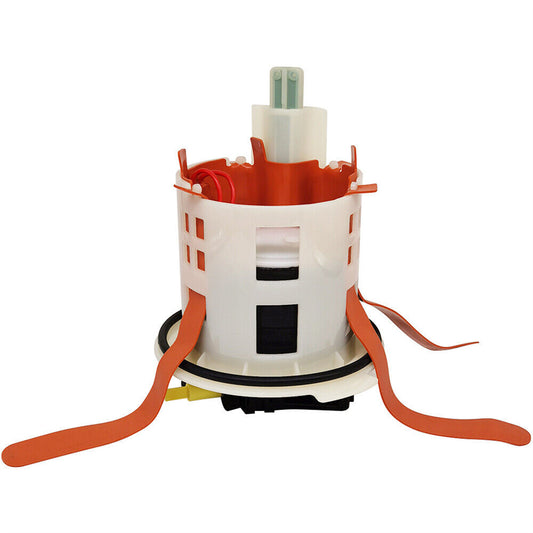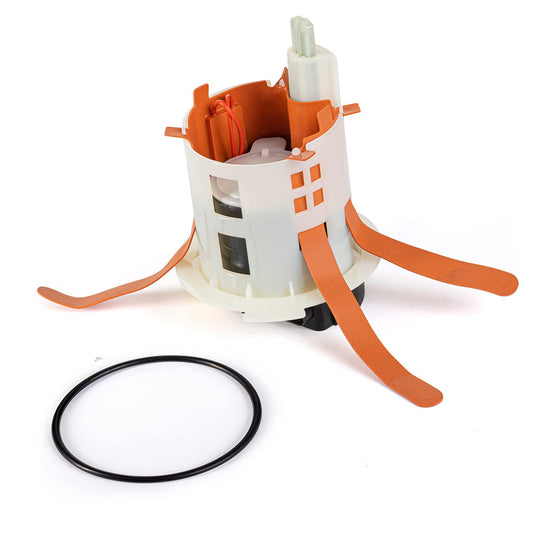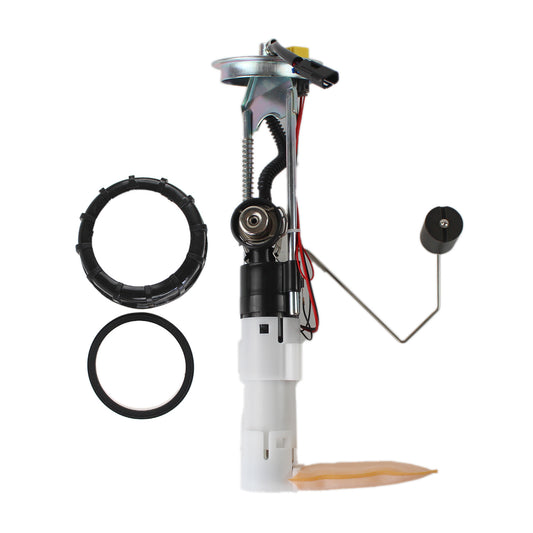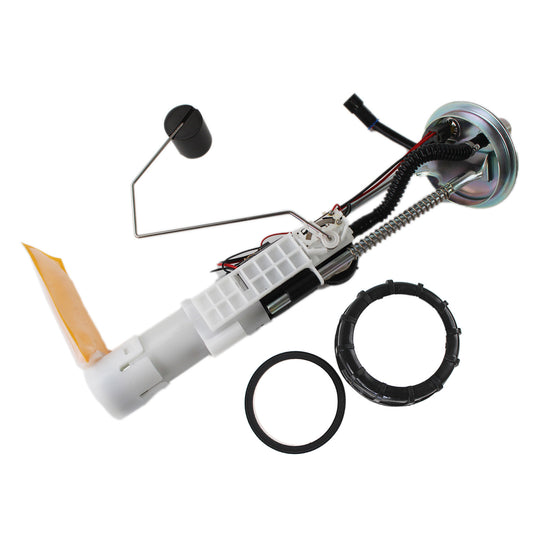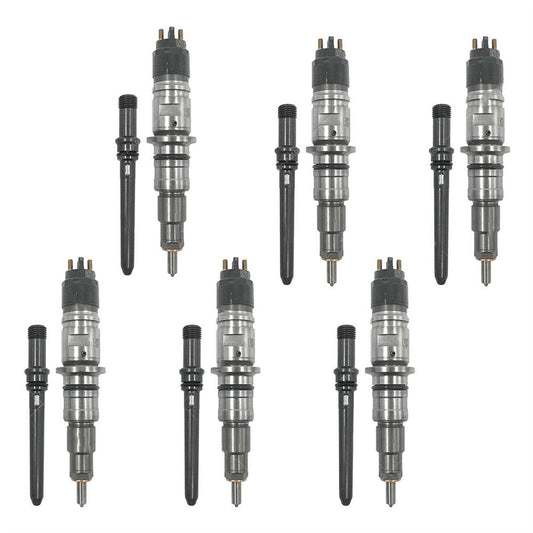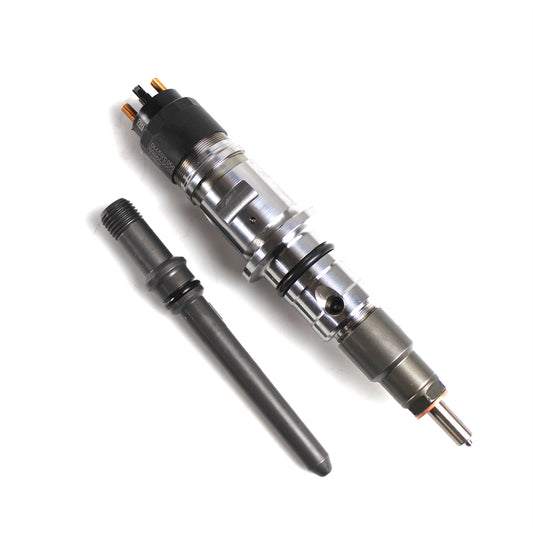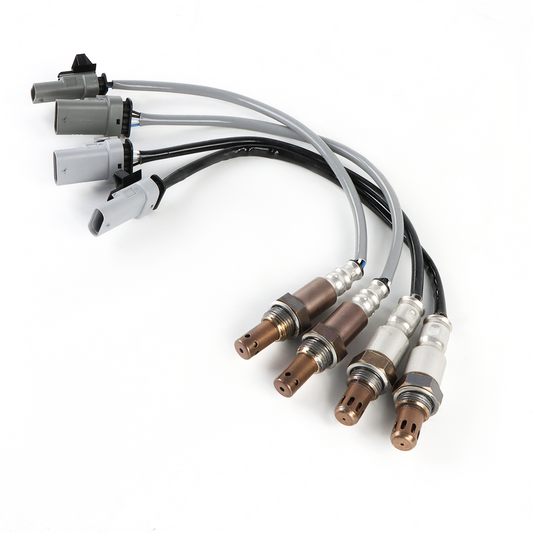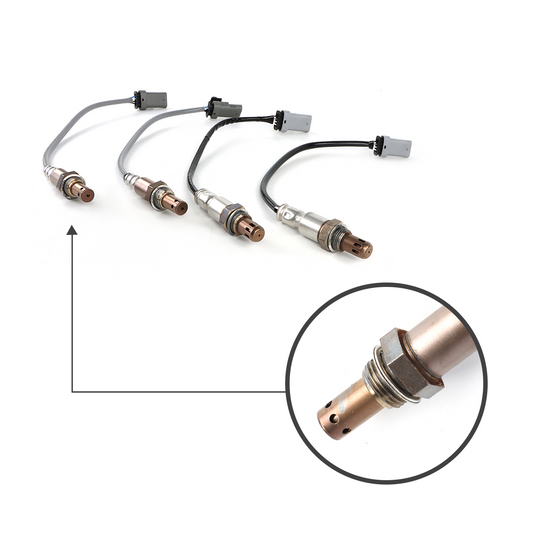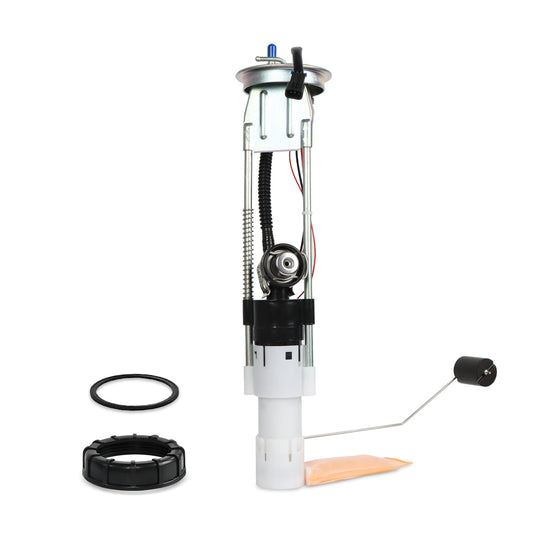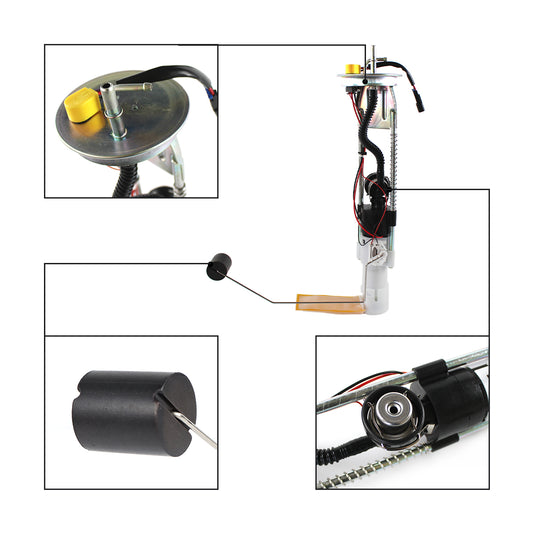Signs of a Faulty Timing Chain: How do You know if your Timing Chain is bad in 5 Minutes
The timing chain is a critical component in an engine that synchronizes the rotation of the camshaft and crankshaft. Over time, a timing chain may wear out or develop problems, potentially leading to significant engine damage if not addressed promptly. In this post, we will explore common signs of a bad timing chain that you can identify within just five minutes. Being able to recognize these symptoms can help you take appropriate action and prevent further complications.
1, Listen for Unusual Noises:
Start the engine and listen for any abnormal rattling, clattering, or metallic ticking sounds coming from the front of the engine. A worn-out timing chain can cause these noises due to loose or slackened tension, indicating a potential problem.
2, Check Engine Warning Light:
If the check engine light illuminates on your dashboard, it could indicate various engine issues, including timing chain problems. Use an OBD-II scanner to retrieve any stored trouble codes related to the timing chain or engine misalignment. These codes will provide valuable diagnostic information.
3, Monitor Engine Performance:
Pay attention to how the engine performs during acceleration and at idle. If you notice sporadic or rough idling, hesitation, loss of power, or a drop in fuel efficiency, it could be a symptom of a failing timing chain. Any irregularities in engine performance should be further investigated.
4, Assess Oil Pressure:
Low oil pressure can be an indication of a faulty timing chain tensioner. Use an oil pressure gauge to measure the oil pressure while the engine is running. If the pressure is consistently low or fluctuates significantly, it may suggest a problem with the timing chain tension or guides.
5, Examine Physical Damage:
Inspect the timing chain visually if possible or consult a mechanic for assistance. Look for signs of physical damage, such as visible wear, stretching, or sagging of the chain. Additionally, examine the timing chain tensioner and guide for any obvious signs of wear or failure.
Conclusion: Identifying potential issues with your timing chain is crucial for maintaining the health of your engine. By listening for unusual noises, checking the engine warning light, monitoring performance, assessing oil pressure, and examining physical damage, you can quickly evaluate the condition of your timing chain within a short span of five minutes. If you observe any concerning symptoms, it is recommended to consult a qualified mechanic for a thorough inspection and necessary repairs to prevent further complications and ensure optimal engine performance.


